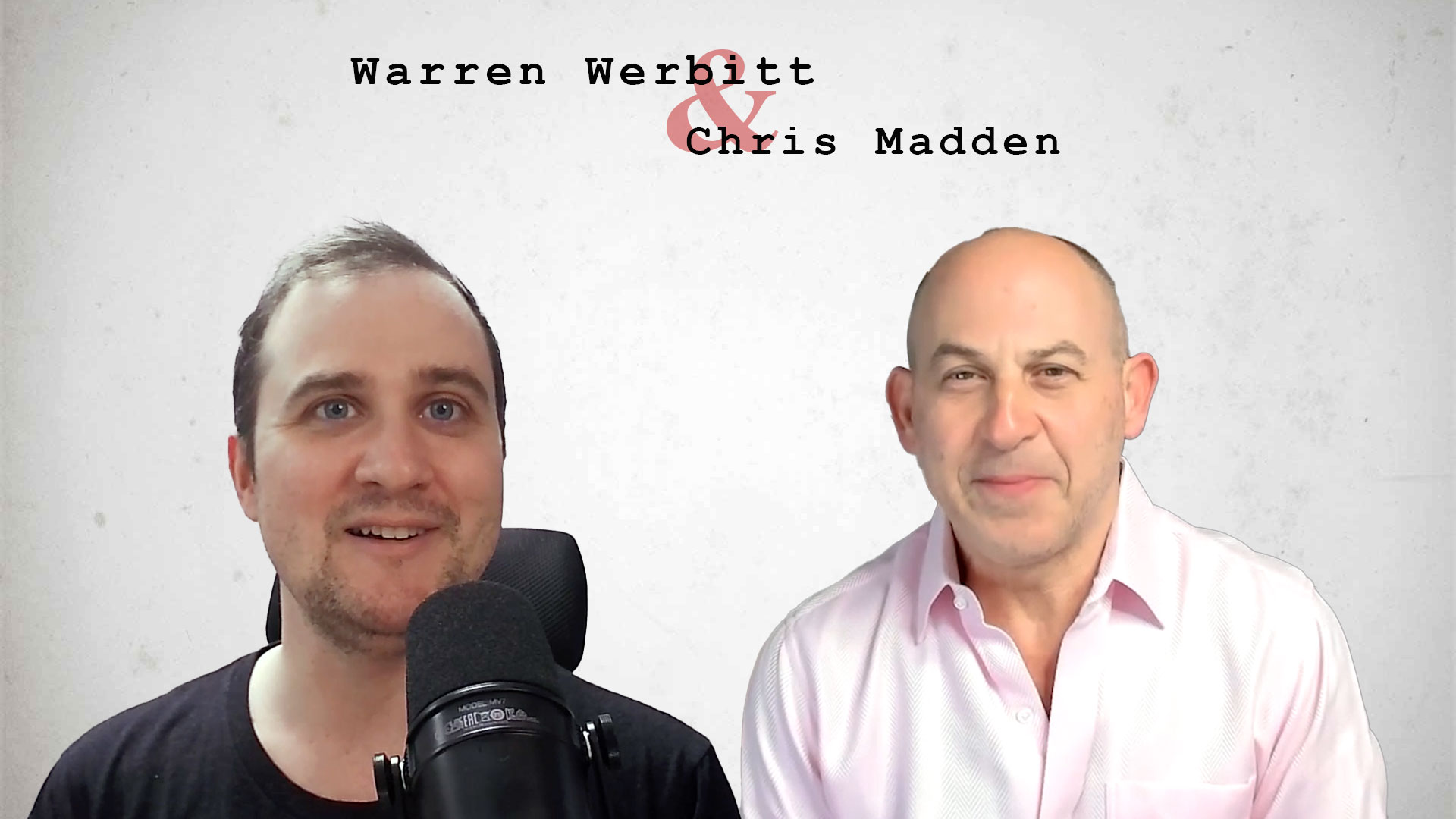The software you need to run your business can be thought of as a puzzle. In a printer where technology has been strategically thought through and executed on, the puzzle pieces all “fit” together enabling integrated workflows. In a print business where software decisions are made in an ad hoc fashion, under duress of customer pressure, or bundled as a give-away with a press – you have a collection of puzzle pieces that aren’t even from the same puzzle.
The photo on the puzzle is your overall technology plan. Can you describe your technology strategy? Can you tell the story of what print software components you have, how they fit together, what’s missing, or what’s in need of replacement? You know you can do this with the iron on your print shop floor. You have equipment you’d love to buy, you have equipment you’d love to get rid of, and you have equipment that you wish you could find a way to drastically increase its utilization.
The world has changed around our “production-centric roots” into a “technology-centric approach” that is required to thrive. Why do so many printers end up with print software puzzle pieces that don’t fit together?
1. The # 1 reason is a lack of a technology strategy, nobody has ever drawn the picture of what all the pieces are supposed to end up looking like. This causes all kinds of problems in the company. Your human capital doesn’t understand the strategic role of software in your business, those making software decisions can’t evaluate how new pieces of print software will fit because there’s no picture/vision to reference.
SOLUTION
Draw a simple diagram of all the major software technology in your business, draws lines and arrows between systems that exchange data. There are two major parallel workflows in every print business; the production workflow which ends up producing a physical product and a business workflow that ends up producing an invoice/payment from the customer and the costs associated with the work performed. This technology map should be as familiar to everyone as the floor plan.
2. The second reason is the software sales process. There is very little incentive for a software sales representative to dive into whether their technology fits into your existing technology stack. This is why you see people buying multiple web-to-print systems, sometimes even multiple Print MIS systems, and all kinds of solutions that overlap in features with software they already own. Technology fit is complicated, nothing slows a sale down faster than technology fit. Sales people are allergic to things that complicate/slow the sale down. Don’t count on sales to take care of technology fit.
SOLUTION
It is your responsible as the customer of print software to assess the “technology fit”. Please do leave this whole question to a yes/no answer. It is really important to understand how technologies are going to work together or not work together. It is MOST important that you understand the BUSINESS VALUE you are expected to get out of the interaction. Too many people dive right down into the weeds and then when they come back up they can’t even remember why they are insisting that so much data be exchange in real time!
When you have a print software strategy and you communicate it with your team then your people understand what pieces of technology should be doing what for your business. As I said in a recent article Excel, PDFs, Paper, and More People (automation-less) without a print software strategy, your people will solve technical challenges with the toolset they are comfortable with and have control of. This means you’ll have a mess of workaround processes that throw of a bunch of artifacts (PDFs, spreadsheets, printed forms, etc.) and create islands of business data. These islands of data cannot be reported on, cannot be easily accessed when key resources are out, and they prevent you from what we’re all seeking – the ability to scale profitably!
What do you do if you know you’re in this mess?
Let’s start with what not to do, don’t go shopping. I’m not saying you might not need to invest in new software, what I’m saying is that you need to get your ducks in a row before you enter the sales process. What technologies do you have? What are you missing? What is causing the most pain? Where could you consolidate? Do you really need three web-to-print solutions are is that fact simply due to legacy purchasing decisions?
The most important move a printer can make with their technology stack is to see where you can double-down on the technology you already own! Most print software is operating at about 30% capacity – I’m not talking about order volumes, I’m talking about utilization of the features that exist in the software you’re running right now. We are all constantly looking to the future features when we have failed to take the time and effort to learn what’s already available to us. I have seen it so many times, printers go out shopping for a new solution based on a feature set that actually exists in the solution they have today.
I’ve seen printers successfully re-implement Print MIS solutions that they’ve had for a decade. Yes, re-implement the software you’ve had for a decade because you realize you never actually implemented it completely. I know it’s always more exciting and has all kinds of hope to go buy something new that will surely be amazing because the demo was – a lot of times re-implementation can produce way more value than buying new. Save the “amazing” for the new boat you can buy with the extra operating profits.










Discussion
By Amy Watson on May 08, 2017
very nice post and detailed viewed the problem of web to print and its solutions. Specially like the last section of the article. thanks to share nice articles.
Discussion
Join the discussion Sign In or Become a Member, doing so is simple and free